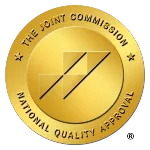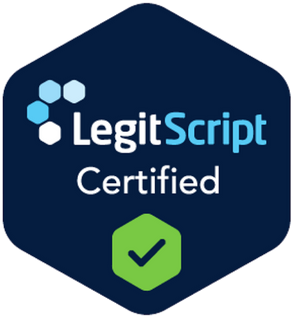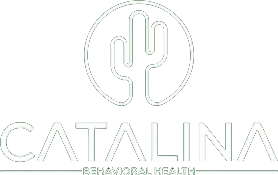Getting Past MAT Medications into Abstinence
Unraveling the web of addiction, specifically in relation to Suboxone—a prescription medication frequently used in treating opioid abuse—can be a significant challenge without proper understanding. Whether you are on a journey towards your own personal recovery or assisting someone close to you who is battling this, knowledge is power.
Keep reading to learn more about Suboxone addiction treatment and how Catalina Behavioral Health can help.
What is Suboxone?
Suboxone is a prescribed medication, consisting of two main ingredients—buprenorphine and naloxone. Buprenorphine works as a partial opioid agonist, biding with the brain’s opioid receptors, moderating withdrawal symptoms and cravings you might be experiencing but without delivering the intense ‘high’ obtained from other opioid substances.
Conversely, naloxone acts as an opioid antagonist. It blocks effects usually felt when using other opioids, hence helping to minimize the potential for misuse as well as curb the cravings that arise when a person with an opioid dependence stops usage.
Armed with these dual functions in one single medication, when administered correctly under the supervision of health care providers, Suboxone can be an incredibly helpful treatment option for those with opioid use disorders.
However, there are some circumstances in which people can become addicted to Suboxone.
Get Help Coming off Suboxone – Call 24/7
What is Medically Assisted Treatment (MAT)?
Medically Assisted Treatment (MAT) – or medication-assisted treatment – is a comprehensive approach to managing substance use disorders that involves the use of FDA-approved medications in combination with counseling and behavioral therapies.
The goal of MAT is not just to stop substance misuse, but to provide a holistic treatment plan that can improve patient health outcomes by addressing issues linked with opioid use disorder, such as co-occurring mental health problems.
The correct application of MAT under professional guidance can enhance success rates for sobriety and reduces risks associated with drug-related harms, making it an effective tool for substance abuse disorders.
Research shows that MAT is more successful in treating opioid addiction than traditional therapy alone. The combination of medication and therapy can help people manage withdrawal symptoms, promote relapse prevention, and improve their overall quality of life.
How Addictive is Suboxone?
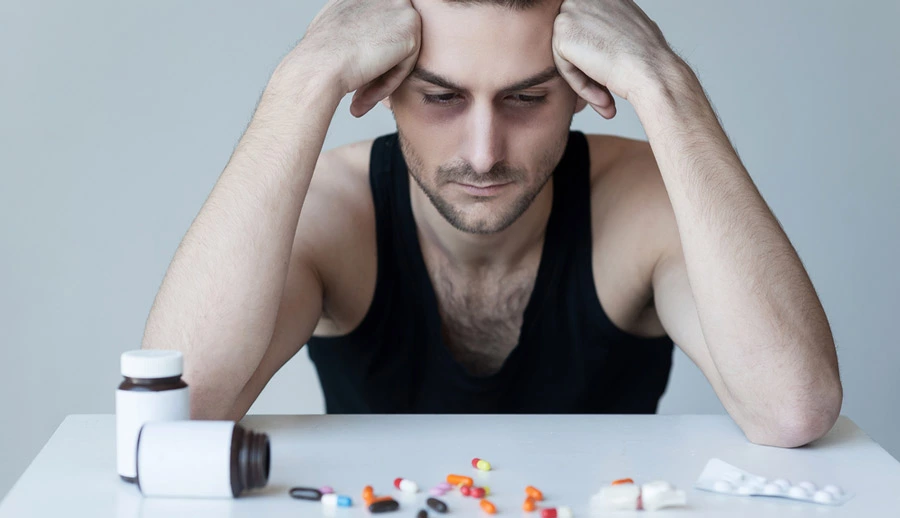
Developed as a safer alternative to methadone, Suboxone is supposed to reduce opioid cravings and withdrawal symptoms while discouraging abuse.
However, Suboxone isn’t entirely risk-free. While it is considered less addictive than other opioid drugs like heroin or oxycodone, the buprenorphine content can still lead to Suboxone dependence and addiction, as people can and do abuse Suboxone.
Tolerance may build quickly, tempting individuals to take higher doses than prescribed, which may result in a full-blown dependency, though opioid addicts are not typically thought of as those who have become dependent on Suboxone, it can still present a situation where treatment is needed to quit using these potent opioid agonists.
How is Suboxone Abused?
Suboxone, a prescription opioid medication used for treating addiction, comes in two forms: pills and film strips. Here’s how people typically misuse Suboxone:
- Taking more than prescribed or purchasing on the black market: Due to its relaxing effects and its ability to stave off opioid withdrawal symptoms, users may take more Suboxone than prescribed or obtain it illegally to try to achieve an opiate-like high.
- Snorting or injecting Suboxone: Some individuals may crush the pills or dissolve the film strips and snort or inject Suboxone. This method of ingestion is incredibly dangerous and puts users at risk for bloodborne illnesses, such as HIV and hepatitis, from shared needles.
- Suboxone film strips’ convenience leads to higher abuse: These thin, easily concealed strips are simpler to smuggle and hide compared to pills, making them a more attractive option for people seeking to abuse the drug.
- Over-prescription or sales by doctors: Some sanctioned doctors in the U.S. have been found to have prescribed Suboxone in excessive amounts of film strips, or even sold the drug on the black market, contributing to the problem of abuse in certain communities.
24 Hour Suboxone Detox and Rehab Helpline
Signs of Suboxone Abuse and Opioid Addiction
Suboxone is a medication commonly used to treat opioid addiction. While it can be an effective tool in curbing withdrawal symptoms and cravings, there’s still a potential for abuse, leading to addiction.
Recognizing the warning signs of Suboxone and opioid addiction is the first step toward getting help. The following signs may indicate a problem:
- Drowsiness and sedation
- Slurred speech
- Lack of coordination or balance
- Pinpoint pupils
- Strong cravings for opioids or Suboxone
- Neglecting responsibilities and personal hygiene
- Drastic mood swings
- Experience withdrawal symptoms when not using
- Financial or legal issues related to abusing Suboxone or other Opioids
If you or someone you know is experiencing these symptoms, it’s essential to seek help immediately, as many of these signs can also point to a Suboxone overdose.
What are the Typical Suboxone Withdrawal Symptoms?
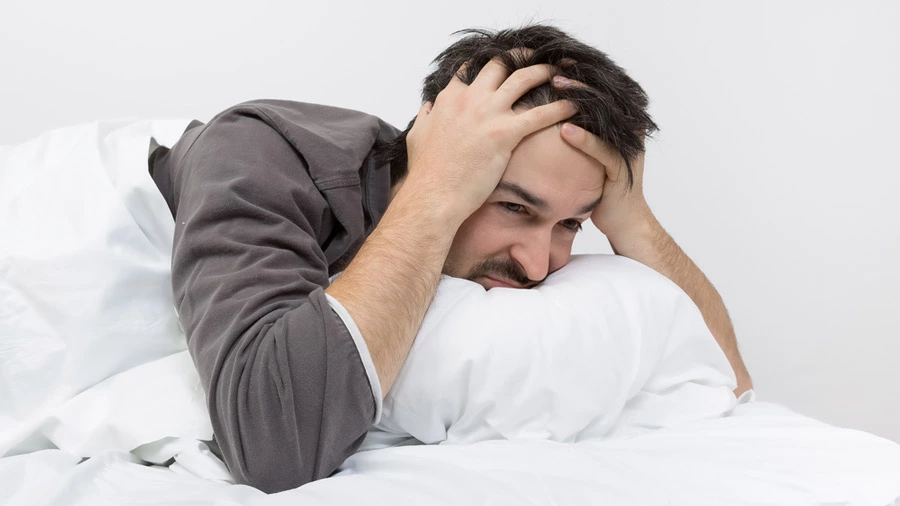
Withdrawal and detox from Suboxone can be a challenging phase with several symptoms surfacing. They most commonly include the following:
- Anxiety
- Depression
- Physical discomfort – from muscle aches to bone aches
- Nausea
- Vomiting
- Sweating
- Diarrhea
- Other digestive problems
- Fever
These symptoms can be uncomfortable and are more likely to occur if the person stops using Suboxone suddenly or reduces the dose too quickly. It is essential to work closely with a healthcare professional to create a successful tapering plan to reduce withdrawal symptoms.
Effective Suboxone Addiction Treatment Methods
Substance abuse is a serious problem that many people struggle with daily. If you or a loved one is battling Suboxone or opiate addiction, it’s essential to learn about different buprenorphine treatment options to find the most effective path to recovery.
The Substance Abuse and Mental Health Services Administration (SAMHSA) describes the following levels of care as effective components of Suboxone addiction treatment as well as generally for substance use disorder support and recovery.
Medically Supervised Detox
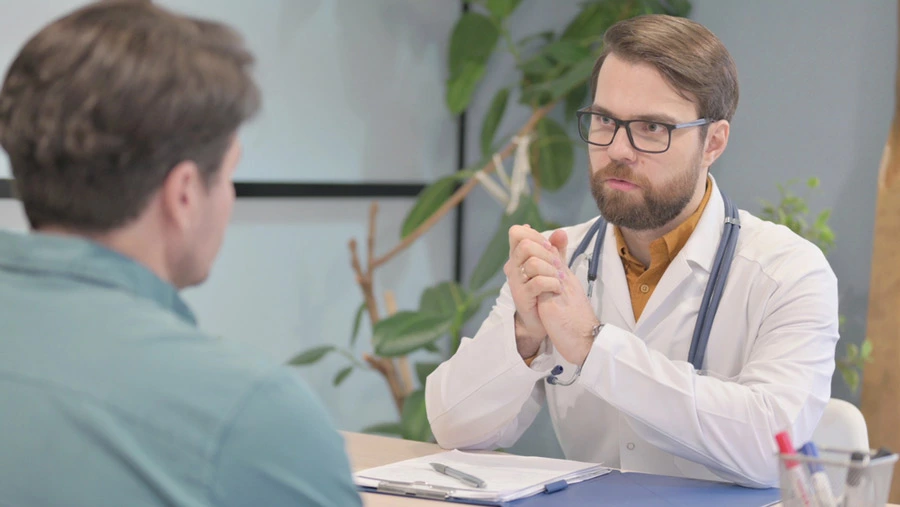
A significant step towards recovery from Suboxone addiction is a process known as medically supervised detox. This procedure assists individuals grappling with substance use disorder to safely taper off Suboxone under the meticulous oversight of medical practitioners.
This method goes beyond just monitoring—an expert healthcare team ensures that you are administered appropriate medications and provided personalized care which aims to suppress withdrawal symptoms while avoiding complex health issues that may arise during detoxification.
Ensuring your comfort and safety throughout, it acts as a fundamental foundation block for your future recovery journey.
Why medically supervised detox is necessary
When you or a loved one decides to take the brave step towards recovery from addiction, detoxification is often the initial stage. However, it shouldn’t be taken lightly or without professional oversight. Here’s why medically supervised detox is essential.
- Safety: First rule: safety should always come first. When you are under medical supervision during detox, doctors and nursing staff regularly monitor your body’s reaction to withdrawal from substances and can react promptly if any complications arise. This assures that you remain safe while your body navigates this challenging process.
- Reduced risk of relapse: Additionally, it significantly reduces the risk of relapse. Detoxing on your own increases the chances of reaching out for a ‘fix’ as withdrawal symptoms become more uncomfortable, potentially drawing you back into dangerous addictive patterns.
When undergoing medically assisted detox, medical professionals provide appropriate medications to minimize withdrawals, making the process manageable so your journey toward sobriety becomes attainable.
- Pathway To Intensive Treatment: Medically assisted detox provides a pathway into intensive treatment programs. Detox alone isn’t enough for successful long-term recovery; comprehensive therapy and ongoing support are key factors. A reliable care team can help you transition smoothly from medically supervised detox into an inpatient facility so you continue receiving the highest quality of care.
Opioid and Opiate Treatment Hotline
Inpatient Rehab to Treat Opioid Addiction
At the inpatient or residential treatment level, you will reside at the treatment facility for a period of time determined by your individualized recovery plan – usually between 30 and 60 days. During this stay, medical professionals monitor your health around the clock as you engage in structured therapy sessions to address underlying issues relating to opioid use disorder. This provides continual therapeutic guidance during your early stages of recovery.
You will participate in individual therapy, group therapy, and family therapy, attend educational classes on substance abuse, and in most treatment facilities, you will learn about 12-step programs.
Partial Hospitalization Program or PHP Options
Partial Hospitalization Programs (PHP) operate slightly differently. Though similar in structure and intensity—offering therapeutic group, family, and individual sessions – PHP lets you return home each evening after completing the daily rehab routine. This makes it suitable for those requiring intensive care yet have a need to be at home to tend to personal and family responsibilities. This is a good step down from inpatient treatment.
Outpatient Treatment
With outpatient treatment as with intensive outpatient programs (IOPs), you’re able to maintain some semblance of your daily routine while actively working on recovery. You attend treatment at a behavioral health clinic or facility a few times per week depending on your Suboxone treatment plan. You will attend group and individual therapy sessions.
This allows flexibility to manage other commitments such as work or family obligations. However, vigilance is necessary here in resisting temptation from triggers, as substances are more available when you’re out of a residential setting.
12-Step Meetings and Other Support Groups

12-Step meetings are an integral component of many recovery programs. These gatherings follow a specific, structured model for Suboxone abuse recovery originally designed by Alcoholics Anonymous.
The process through the 12 steps involves accepting your need for help with addiction and surrendering control over to a higher power.
You will learn how to live a sober life one day at a time by incorporating honesty, faith, and humility into everyday practice. Peer support becomes crucial here; sharing experiences and getting insights from others who walked a similar path can be incredibly therapeutic.
Therapy
Once you’ve completed detox and other forms of treatment for Suboxone addiction, therapy plays a pivotal role as ongoing care in your journey toward complete recovery.
Therapy provides a platform for you to continue to unravel and address the underlying issues that led to your physical or psychological dependence on the drug, such as stress, anxiety, and trauma. You can gain insight into how certain triggers lead you towards addictive behaviors and learn strategies to deal with them effectively.
Get Accredited Treatment Options – Call Now!
Contact Catalina for Help with Suboxone Today
If you or a loved one is struggling with Suboxone addiction, reach out to Catalina Behavioral Health. We are experts in dealing with such dependencies and offer comprehensive treatment programs designed to help you lead a healthier life. Our experienced team of professionals will work closely with you providing personalized care addressing your unique needs. Contact us today to learn more.
All phone calls to our facility are completely confidential, so please reach out in confidence to get options today!



